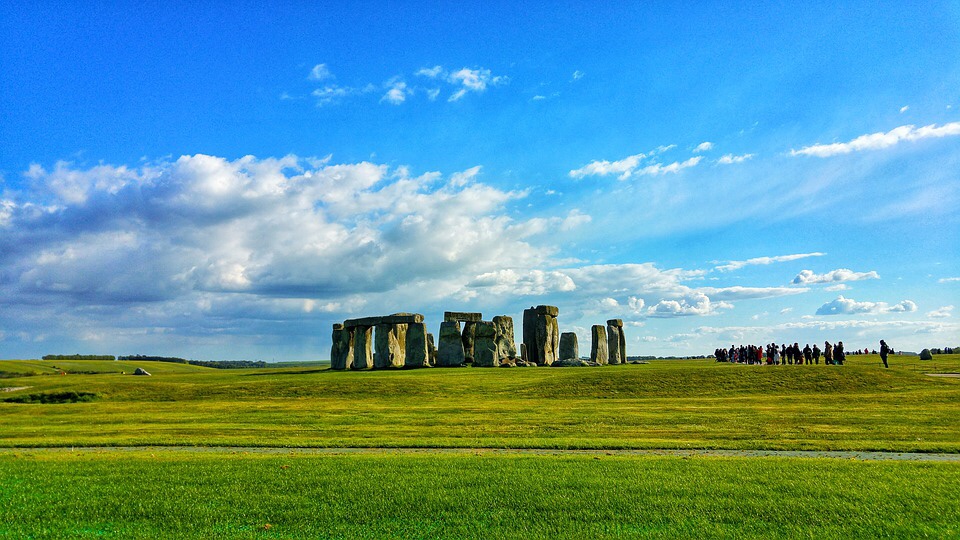Midsummer is also sometimes referred to as Litha. Litha is(pronounced “LITH-ah”). The celebration of Midsummer’s Eve was from ancient times linked to the summer solstice. People believed that mid-summer plants had miraculous and healing powers and they, therefore, picked them on this night. Bonfires were lit to protect against evil spirits which were believed to roam freely when the sun was turning southwards again. The solstice itself has remained a special moment of the annual cycle of the year since Neolithic times. The concentration of the observance is not on the day as we reckon it, commencing at midnight or at dawn, but the pre-Christian beginning of the day, which falls on the previous eve. In Sweden and Finland, Midsummer’s Eve is considered the greatest festival of the year, comparable only with Walpurgis Night, Christmas Eve, and New Year’s Eve.
It marks the first day of summer on traditional calendars, but it is actually the Midsummer mark for Pagans.
Litha marks the longest day of the year, the day when the sun reaches its apex and is aspected to zero degrees Cancer. This is a day that celebrates the God in all his glory. It is also the time of year when the Goddess is glowing with motherhood in her pregnancy.
For those of you familiar with Shakespeare, you might remember the play centered around the Solistice: “A Midsummer’s Night’s Dream”. It is believed that Midsummer Night’s Eve is a special time for those who believe in the Faerie traditions. Like Samhain, this is a day where the veils are thin between the realms of the Sidhe (the Faerie realm) and the world of mortals. It is a time for merriment and the making of wishes.
On this day the Sun God is seen at his highest point in the sky, vibrant and strong. Together with the pregnant Mother Goddess, he rules the summer season. However, this is also a time of transition, for now, the Sun will begin its yearly descent and the days grow shorter until the Winter solstice. The Druids viewed this day as the wedding of Heaven and Earth, Alban Heruin. The Moon of this month was known as “The Honey Moon” in a testimonial to the honey mead that was drunk at the wedding celebrations so common to this time of year
Source: https://ravenhawksmagazine.net/2020/06/15/litha-midsummer-summer-solstice/


